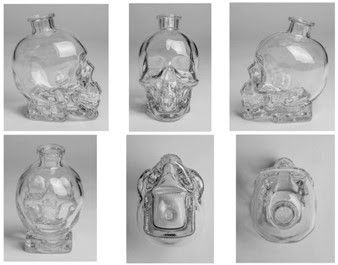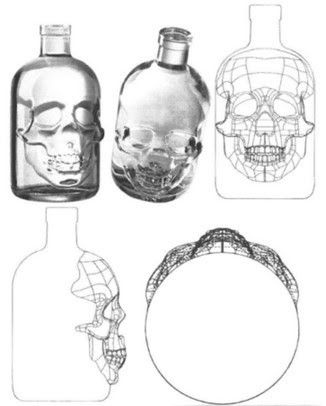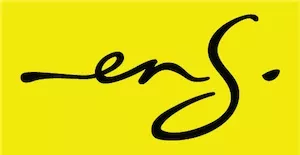- within Intellectual Property topic(s)
- with readers working within the Accounting & Consultancy, Retail & Leisure and Transport industries
- within International Law, Law Department Performance and Consumer Protection topic(s)
This article discusses a trade mark judgment from Germany, delivered by the Higher Regional Court of Hamburg. The case deals with what some might consider rather ghoulish trade marks, bottles featuring skull designs, as shown in the image at the end of this article. The inspiration for this piece came from reading an interesting article on the topic in the IPKat blog.
The parties to this dispute were:
Globefill: This company holds a 2017 EU trade mark registration for a 3D trade mark known as the 'Crystal Head Vodka', which applies to drinks, including vodka. Globefill sells vodka in bottles bearing this shape trade mark and also holds an EU design registration for the bottles.
Kefla: A company called Kefla-Glas GmbH & Co KG owns a German 3D trade mark registration for what has been described in a report as a 'similar' mark, a registration that also covers alcoholic beverages.
There are representations of the bottles at the foot of the article.
Legal proceedings - EUIPO
Globefill sued Kefla, seeking both an injunction and the cancellation of Kefla's German trade mark registration. The case was based, inter alia, on Globefill's EU trade mark registration. The application for cancellation covered two grounds:
- non-distinctiveness, Art 7(a)(b);
- a failure to add substantial value to the trade mark, Art 7(1)(e) (iii).
EUIPO rejected the application for cancellation.
The Higher Regional Court of Hamburg
The matter found its way to the Higher Regional Court of Hamburg. Here are some of the court's findings:
- The trade mark infringement claim
The court held that Kefla's application and registration of its German TM created a genuine risk that Kefla would begin using its mark for the goods covered. This posed a threat of trade mark infringement under Art 130.
- Distinctiveness of the bottle shapes
Case law makes it clear that the shape of goods is only distinctive if it 'deviates significantly from the norms or customs in the relevant sector and thereby fulfils the origin function'.
- A significant deviation
The court said that, whereas bottles for spirits usually have a traditional shape comprising a slim cylindric body with a long slim neck, Globefill's bottle is very different. The glass skull most certainly deviates significantly from the norm.
- Similarity
The Court considered the two marks to be similar to an average degree. It listed these as the dominant features of Globefill's mark:
- A transparent glass bottle with a short, slightly slanted neck;
- A bottle that represents a 3D reproduction of a human skeletonised skull;
- A skull that is characterised by the following: eye sockets; protruding cheekbones; a nasal bone without adjoining nasal septum cartilage, so that the nose appeared shorter than usual; both rows of teeth of the upper and lower jaw were visible;
- A mouth that is slightly opened.
- Imperfect recollection
The Court said that the doctrine of imperfect recollection meant that similar elements would be more pronounced than differences.
- Conceptual similarity
The court said that conceptual similarity exists when consumers use the same words to describe signs. It suggested that terms like 'skull bottle' or 'death's head bottle' would be used as descriptors. There was an average degree of conceptual similarity.
- Likelihood of confusion
Given the degree of distinctiveness of Globefill's trade mark, the identity of the goods and the degree of similarity between the marks, consumers might well be confused. Kefla was ordered to both cease and desist from using its trade mark and to surrender it.
Counterclaim 1 - lack of distinctiveness, Art 7(1)(b)
In a counterclaim, Kefla claimed that Globefill's trade mark lacked distinctiveness, Art 7(1)(b). But the court felt otherwise - the shape deviated significantly from other bottle shapes and it was therefore distinctive.
Counterclaim 2 - a failure to add substantial value to the goods, Article 7(1)(e)(iii)
The court held that the bottle shape in this case did not qualify as one that gives substantial value to the goods. The mere fact that a design increases the value of the goods is not sufficient because, as the court said, 'every design is supposed to do that'.
Here are representations of the bottle:
GLOBEFILL

KEFLA

Message in a bottle
The message is clear - securing registered protection of bottle shapes that deviate significantly from the norm is a good idea.
The content of this article is intended to provide a general guide to the subject matter. Specialist advice should be sought about your specific circumstances.


